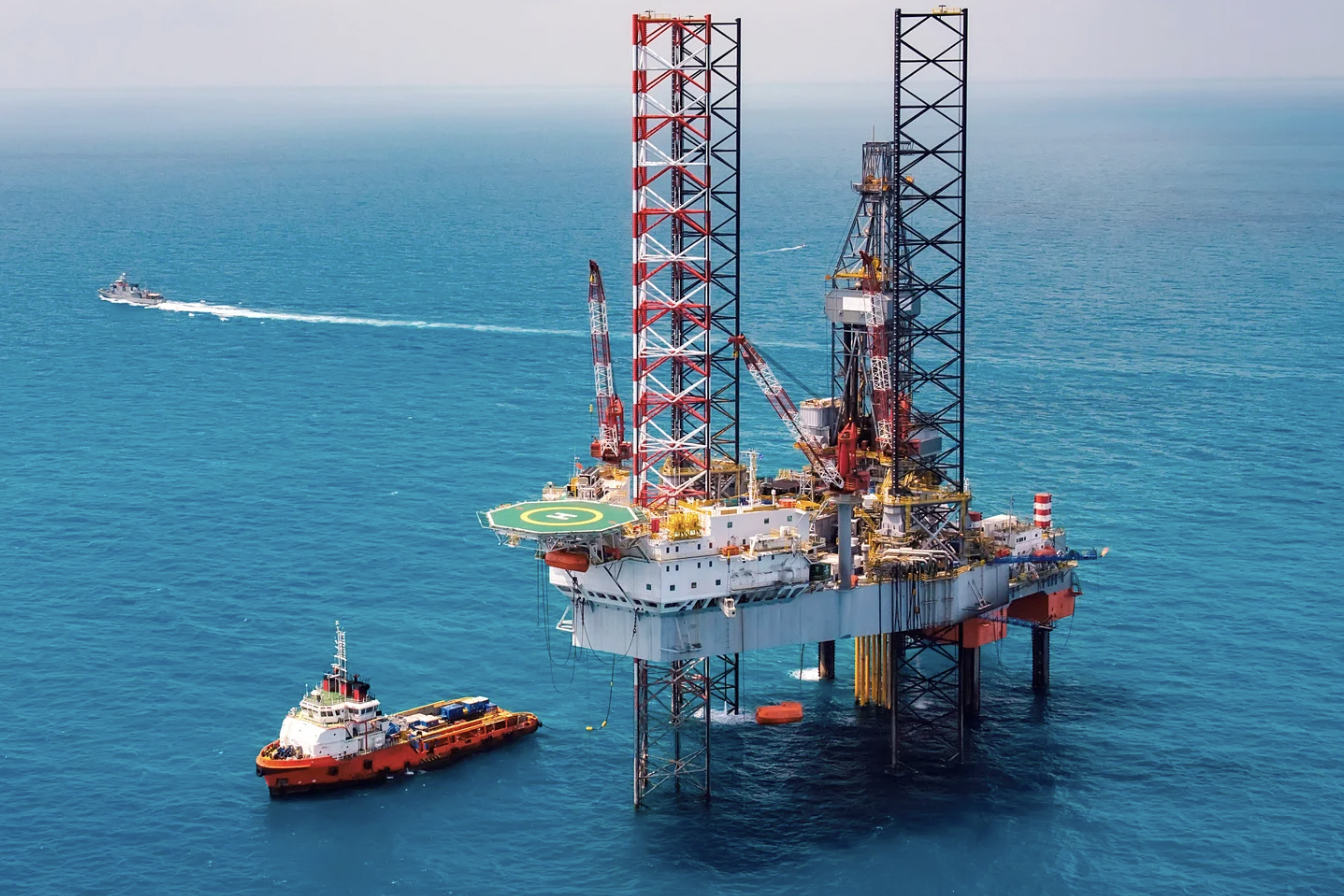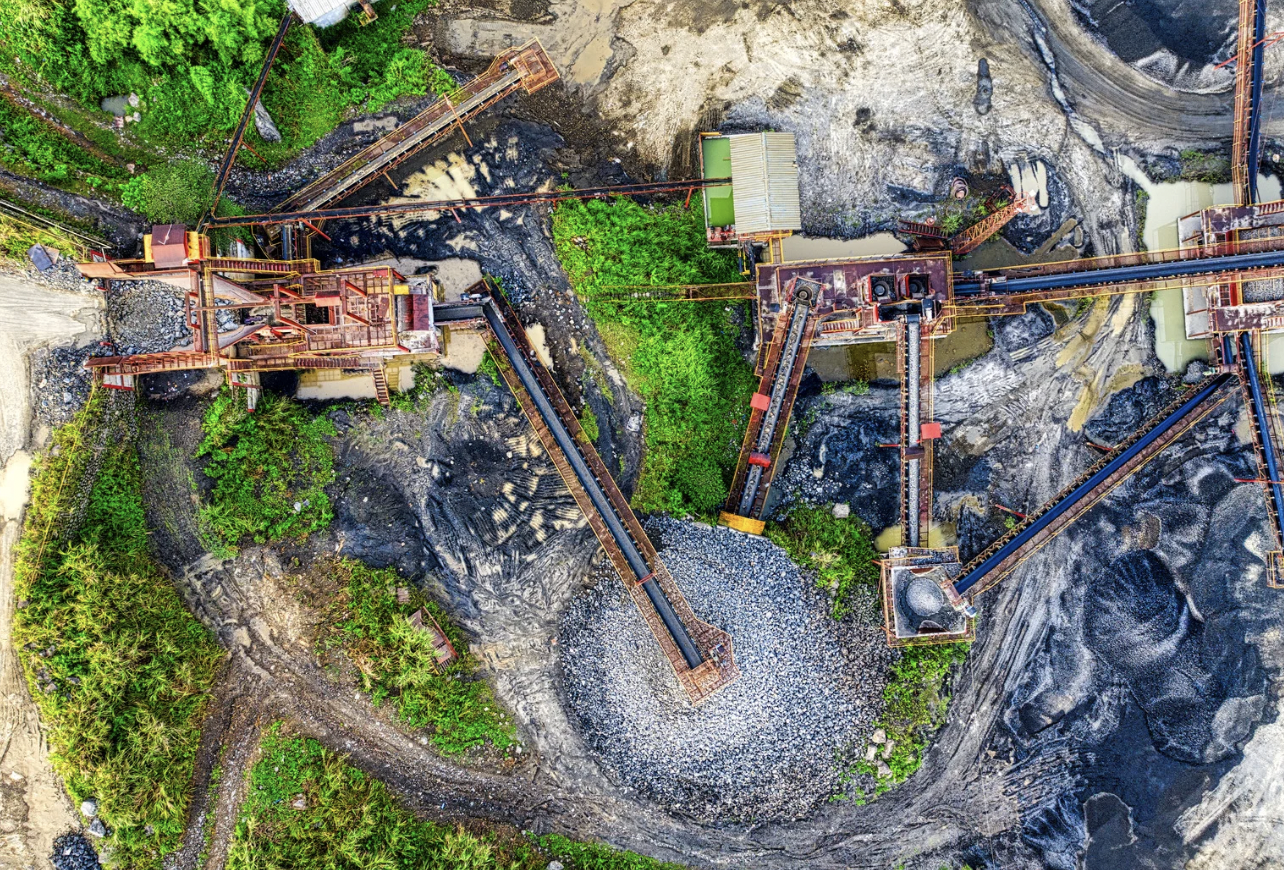Becoming a Prosperous Drilling Engineer: Step-by-Step Guide to Success
news
Technology has become an integral part of our daily lives, impacting the way we communicate, work, and navigate the world around us. From smartphones to smart homes, technology has transformed the way we live and interact with one another. With the rapid advancements in technology over the past few decades, it is clear that we […]
Top Topics














